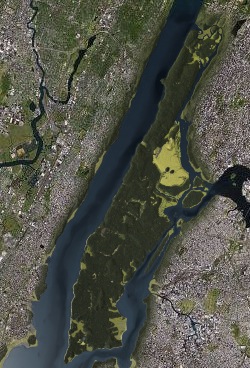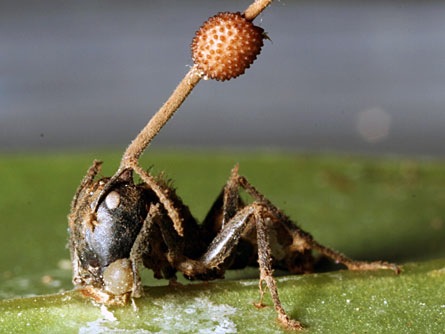While there are aspects about "inevitability" that are taken too literally (in that history is constrained because it has *already happened*) and that makes me alert for "woo-woo thinking", there is a good iTunes U lecture by Simon Conway Morris on the constrained design space in which evolution can occur. Conway Morris was the paleontologist that worked on the Burgess Shale fossils (originally collected by Charles Walcott in 1909). His findings provided ample fodder for Stephen Jay Gould to argue for the historical contingency of evolution in Wonderful Life. Ironically, in recent years Conway Morris has argued for something akin to the opposite of this stance: the convergence evolution. Here, he argues that that we are not here by chance: but are inevitable due to the strong structuring dimensions of the physical universe. This is explained in detail in his book Life's Solution: Inevitable Humans in a Lonely Universe.
I think the understanding of design constraints is an important issue, especially for archaeological applications of evolution. We need this concept in order to understand the space in which style can occur versus what is technologically necessary. For example, decoration can vary infinitely yet the vessel upon which it is placed may still have to serve as a fireproof container. Holes cut in the sides are part of that particular design space. Thus, we must be careful to construct classifications within those constraints in order to not confuse analogous similarity with homologous similarity. In many cases, the design space may be far smaller than one might think.
Conway Morris goes a little far here by arguing that the design space for life makes humans inevitable. There are certainly some dimensions of humans that are due to design constraints but distinguishing which are due to historical constrains (i.e., the environment of evolution) and which are due to design constraints (i.e., the chemico-physical dimensions that make us possible) are something to analyze, not to assume a priori.
The lecture is, nonetheless, a good one for thinking about evolution and issues of convergence.

